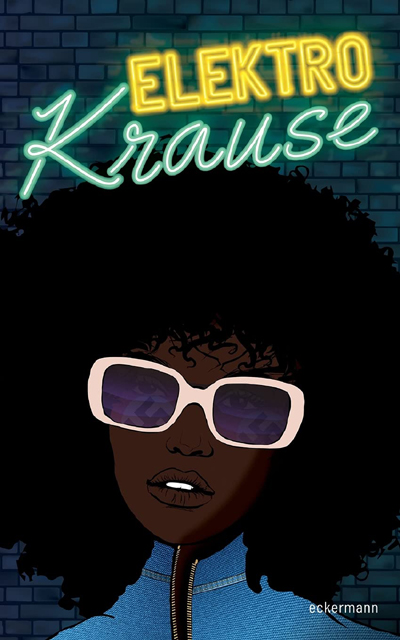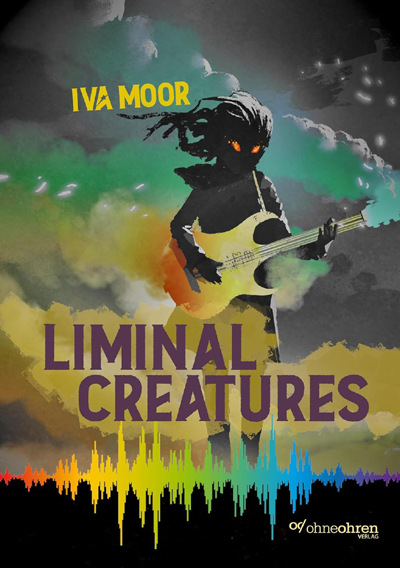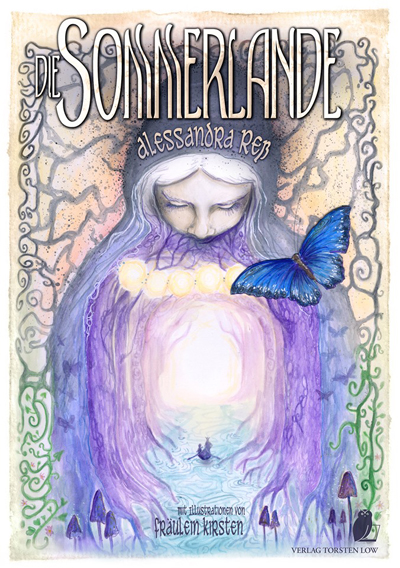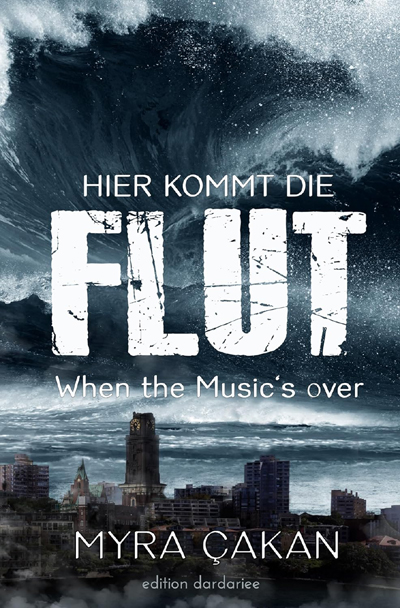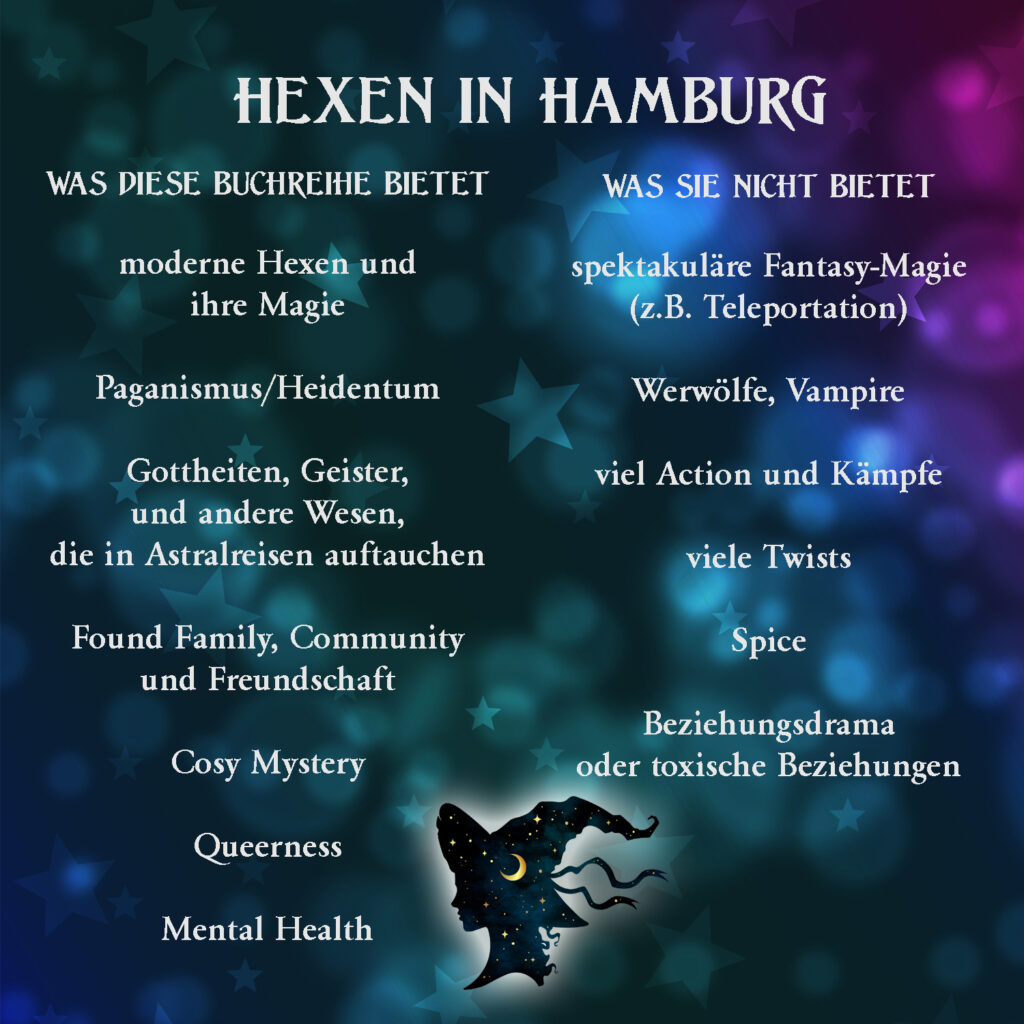(english version of this blog: https://amalia-zeichnerin.net/dear-straights-queer-your-relationships/)
Lesezeit: ca. 8 Minuten
Dieser Beitrag richtet sich vor allem an cisgender heterosexuelle, heteroromantische, allosexuelle Menschen. Um das sprachlich zu vereinfachen, verwende ich fast durchgehend den englischen Begriff „straight“, auch als Substantiv für entsprechende Leute. Und nein, keine Sorge, ich weiß, ihr seid nicht queer, sondern straight und werdet das natürlich auch bleiben. Aber es gibt einiges, das ihr von Queers und anderen Leuten lernen könnt. Davon handelt dieser Beitrag.
Was könnt ihr von Queers lernen?
Hinterfragt eure Rollenbilder. Das betrifft so viele Aspekte des Lebens, dass ich allein darüber einen langen Blogbeitrag schreiben könnte. Ich versuche, es hier relativ kurz zu halten.
Die Kernfamilie: Mutter, Vater, Kind(er). Wer übernimmt die Care-Arbeit und wie? Wie ist es mit der Lohnarbeit? Traditionelle Rollenbilder sehen immer noch den Vater als Hauptverdiener, die Mutter arbeitet oft in Teilzeit, um mehr Zeit für den Haushalt und die Kinder zu haben.
Mittlerweile hat das alte Modell „Vater verdient allein das Geld, Mutter übernimmt die gesamte Care-Arbeit zu Hause“ ausgedient, denn die wirtschaftliche Situation, hohe Mietpreise und andere Probleme erzwingen es oftmals, dass beide Elternteile in Vollzeit arbeiten müssen, um genug Geld für die Familie zu erwirtschaften.
Manche hetero Männer können nur sehr schwer damit umgehen, wenn ihre Frau mehr verdient als sie und Karriere macht. Weil Männer doch den alten Vorstellungen nach die Hauptverdiener sein sollen.
Queere Menschen hinterfragen solche Rollenbilder und machen ihre eigenen Regeln, auch in ihren Beziehungen und Familien. Da wird gern viel verhandelt und abgesprochen. Auch, was Intimitäten betrifft, dazu im nächsten Abschnitt mehr. Der dreht sich zwar um die BDSM-Community, aber in dieser gibt es natürlich auch viele Queers.
Als ich diesen Blogbeitrag im Fediverse ankündigte, kommentierte eine queere Person, die ich zitieren darf: „Ich erlebe Schwangerschaft, Geburt, Elternsein als krass gegendert und mit cisheteronormativen Erwartungen überfrachtet. Da muss man dagegenqueeren. (Ravna Marin Siever sagt, sier werde in den Kontext „frauisiert und vermuttert“, das finde ich sehr treffend)“
Auch an straighte Mütter und Väter werden in unserer Gesellschaft sehr viele heteronormative Erwartungen gestellt, auch z.B. was die Erziehung ihrer Kinder betrifft. Hinterfragt das. Männer müssen nicht immer „stark“ sein. Ihr dürft euch verletzlich zeigen und fürsorglich sein, ihr dürft angeblich „weibliche“ Gefühle zeigen, auch euren Kindern gegenüber. Und als Frau dürft ihr auch wütend sein oder euch ärgern, ihr dürft euer handwerkliches Geschick zeigen, auch wenn Handwerksarbeit als typisch „männlich“ gilt – und ihr müsst nicht die gesamte Carearbeit und die Mental Load allein übernehmen. Teilt euch das mit eurem Partner. Das sind jetzt nur einige Beispiele, aber ich hoffe, sie bieten ein paar Gedankenanstöße.
Aber auch Menschen, die keine Familie haben und auch keine gründen wollen, können sich von Queers vieles abschauen. Denn es gibt viele Queers, die ebenfalls keine Familie gründen wollen und die andere Prioritäten in ihrem Leben haben, z.B. ihre Freundschaften. Mehr dazu weiter unten.
Was könnt ihr von der BDSM-Community lernen?
Selbst wenn ihr völlig „Vanilla“ seid, also keinerlei Neigung zu BDSM-Praktiken habt, könnt ihr einiges von der entsprechenden Community lernen.
In straight Beziehungen herrscht oft der Gedanke, PiV(1)-Sex ist das Höchste der Gefühle und müsse unbedingt mit einem Orgasmus enden, sonst sei es schlechter Sex. Das erzeugt sehr viel Druck und oftmals reden straight Paare wenig miteinander vor, während oder nach dem Sex.
In der BDSM-Community wird dagegen viel ausgehandelt und mit Konsens gearbeitet, mit Safe Words, es wird sich ausprobiert. Es gibt auch „nonconsensual“ Praktiken, aber auch die werden abgesprochen. Und es gibt „after care“, das bedeutet u.a., dass man nach dem Sex oder BDSM-Play füreinander da ist, miteinander über seine Erlebnisse, Wahrnehmungen, Gefühle spricht.
Redet miteinander. Vor dem Sex. Währenddessen und danach. Verhandelt. Sagt, was euch gefällt und was nicht. Sagt ein enthusiastisches Ja oder ein klares Nein, je nach Situation und euren Bedürfnissen und Wünschen. Klingt unromantisch? Nicht sexy?
Dass solche Äußerungen ausgesprochen sinnlich sein können, habe ich mal in einem Video von Council of Geeks gesehen, in dem YouTuber*in Vera Wylde etwas Entsprechendes auf eine sehr sinnliche Weise sagt, zur Veranschaulichung.
Was könnt ihr von der Community lernen, die auf dem asexuellen und/oder aromantischen Spektrum ist?
Freundschaften sind genau so wichtig wie andere Beziehungen. Ja, wirklich. Oftmals herrscht unter Straights die Idee einer Hierarchie vor, bei der romantische Beziehungen das ultimative Ziel sind und über allen anderen Beziehungen stehen, auch Freundschaften.
Das kann allerdings fatal sein, z.B. wenn eine romantische Beziehung in die Brüche geht, man aber während der Zeit der Beziehung seines Freundeskreis völlig vernachlässigt hat oder nur gemeinsame Freund*innen hatte, die dann teilweise wegbrechen oder eine Seite ergreifen. Vielleicht habt ihr nicht „die eine beste“ Freundschaft, aber pflegt eure Freundschaften. Das mag bedeuten, dass ihr einiges an Zeit investieren müsst, vielleicht auch Unterstützung, wenn eure Freund*innen bei etwas Hilfe brauchen. Aber Freundschaften sind ja idealerweise ein gegenseitiges Geben und Nehmen.
Und in diesem Zusammenhang:
Queert eure Freundschaften
Freundschaften sind so vielfältig, wie die Leute, die sie eingehen. Löst euch von traditionellen Vorstellungen, wie eine Freundschaft auszusehen hat. Seid mutig. Macht eure eigenen Regeln.
Leanne Yau schrieb auf Instagram (Übersetzung von mir):
„Polyamorie erlaubt mir, tiefere Beziehungen mit meinen Partner*innen einzugehen, aber unvorhergesehener Weise hat sie mich auch dazu gebracht, tiefergehende Beziehungen mit meinen Freund*innen einzugehen. Da ich keinerlei Einschränkungen habe, wie ich meine Zuneigung gegenüber nicht-romantischen Freund*innen zeigen darf, gibt mir das die Freiheit, platonische Liebe so auszudrücken, wie ich es will.“
Hier ein paar Beispiele: Ihr wollt mit euren Freund*innen gemütlich auf dem Sofa kuscheln, obwohl ihr ihnen gegenüber weder romantische noch sexuelle Empfindungen hegt? Wenn eure Freund*innen das ebenfalls möchten, go for it. (Und wenn sie das nicht möchten, akzeptiert das.)
Eure Freund*innen und ihr wollt ein Candle Light Dinner in einem Restaurant, das als Inbegriff der Romantik gilt, aber einfach ganz platonisch? Warum eigentlich nicht?
Ihr wollt gemeinsam in den Urlaub fahren und teilt euch ein Zimmer, ein Zelt oder eine andere Übernachtungsstätte? Was spricht dagegen?
Im Film „Harry und Sally“ sagt Harry sinngemäß: „Männer und Frauen können nicht befreundet sein – irgendwann kommt ihnen der Sex dazwischen.“
Das stimmt allerdings nicht, denn es würde bedeuten, dass Menschen auf dem bi Spektrum keine platonischen Freund*innen haben können.
Und ich wage einfach mal die Behauptung, auch cis hetero Männer und cis hetero Frauen können einfach so befreundet sein. Löst euch von der Vorstellung, dass eine solche Freundschaft unbedingt in einer romantischen und/oder sexuellen Beziehung enden muss.
Was könnt ihr von der polyamoren Community lernen?
Eine Basis der Polyamorie ist Einvernehmlichkeit aller Beteiligten. Das bedeutet viel Beziehungsarbeit von allen und entsprechende offene, ehrliche Gespräche. Über die eigenen Wünsche und Bedürfnisse. Das Aushandeln von Kompromissen. Über eigene Grenzen. Über Eifersucht und wie man damit einen konstruktiven Umgang finden kann. Auch Gespräche darüber, wie man einander unterstützen kann in den Beziehungen. Und last but not least Organisatorisches, wie Terminfindungen für gemeinsame Treffen, Ausgehen, Ausflüge, Carearbeit und noch mehr.
Ich stehe nicht allein mit der Meinung, dass auch für viele Straights eine solche intensive Beziehungsarbeit mit offenen, ehrlichen Gesprächen sehr bereichernd sein kann. Vielleicht können sie sogar eine Beziehung retten.
Es gibt viele verschiedene Arten von Anziehung
Auch das ist etwas, dass ihr aus der Community der Menschen auf dem asexuellen und aromantischen Spektrum lernen könnt. Zum einen gibt es das Split-Attraction-Model (SAM). Dieses besagt, dass die romantische Orientierung und die sexuelle (oder auch noch andere Formen von Orientierung) bei einer Person unterschiedlich sein können.
Ein persönliches Beispiel: Ich bin panromantisch. Das bedeutet, dass ich romantische Anziehung zu Menschen unabhängig von ihrem Gender empfinden kann. Und ich bin grau-asexuell. Das bedeutet grob gesagt, dass ich eher selten oder gar keine sexuelle Anziehung verspüre. Ich bin darüber hinaus außerdem aegosexuell, das wird z.B. hier erklärt:
https://orientation.fandom.com/wiki/Aegosexual
Entsprechend könnte eine Person, die sich immer als hetero verortet hat, feststellen, dass sie heteroromantisch ist, aber eine andere Form von sexueller Orientierung hat, oder umgekehrt, dass sie heterosexuell ist, aber eine andere Form von romantischer Orientierung hat. Aber natürlich gibt es auch heterosexuelle-heteroromantische Menschen.
Ein weiteres Beispiel ist Demisexualität: Menschen, die demisexuell sind, müssen zuerst eine emotionale Beziehung zu einem Menschen aufbauen, bevor sie eine sexuelle Anziehung zu diesem Menschen verspüren. Vielleicht kennt ihr das Trope „Friends to Lovers“, das passt oft recht gut.
Wenn ihr gern mal stöbern wollt zu den Themen romantische und sexuelle (und weitere) Orientierungen, hier gibt es ausführliche Auflistungen auf Englisch:
Romantic Orientation: https://orientation.fandom.com/wiki/Category:Romantic_Orientation
Sexual Orientation: https://orientation.fandom.com/wiki/Category:Sexual_Orientation
Ich hoffe, ihr konntet etwas aus diesem Beitrag für euch mitnehmen und ich wünsche euch gute Erfahrungen mit dem Queeren eurer Beziehungen, wenn ihr das ausprobieren möchtet.
Fußnote:
(1) PiV ist eine Abkürzung für „Penis in Vagina“
Weiteres zum Thema
„Konsens ist sexy“
https://amalia-zeichnerin.net/konsens-ist-sexy/
Eine Inspiration für diesen Blogbeitrag war die Podcastfolge „Romantasy“ vom Genderswapped Podcast, danke an Lena und Judith.
Link zur Folge: https://genderswapped-podcast.podigee.io/101-folge82
